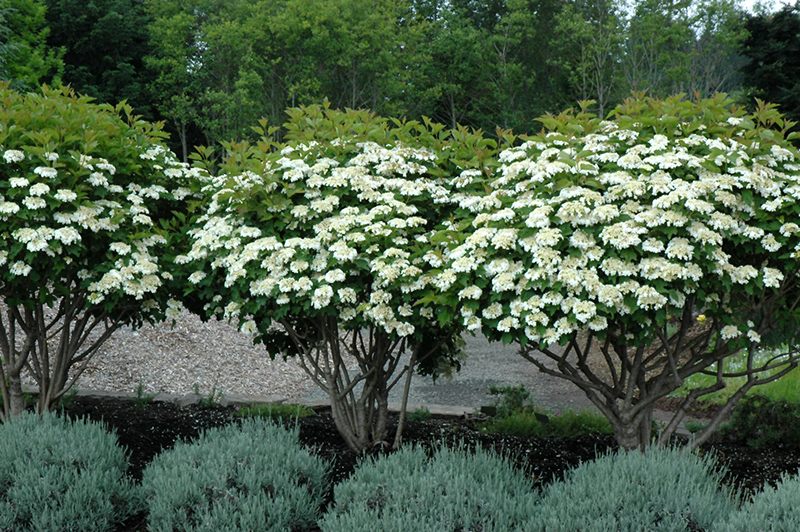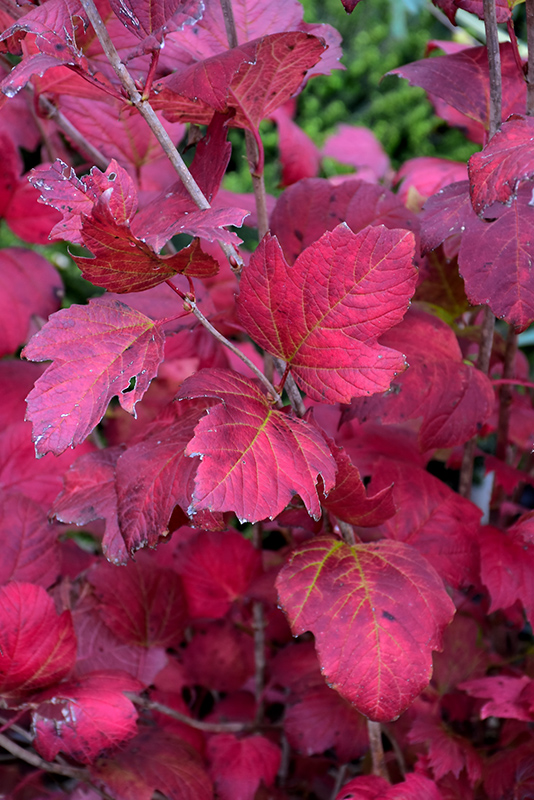Compact European Cranberry
Viburnum opulus 'Compactum'
Height: 6 feet
Spread: 6 feet
Sunlight:
![]()
![]()
Hardiness Zone: 3a
Other Names: European Highbush Cranberry
Description:
A superb shrub for home landscape use, dense and compact; features showy clusters of pure white rayflowers in spring followed by bright red fruit into winter, good fall color; hardy and adaptable, more compact than the species, preferred for garden use
Autumn Enthusiasm
Fall is for planting! Did you know that fall is the best time to plant your deciduous trees and shrubs? Be the envy of all your neighbors with striking shades of reds, oranges, and purples. Plant something breathtaking today!
Ornamental Features
Compact European Cranberry features showy white lacecap flowers held atop the branches in late spring. The red fruits are held in abundance in spectacular clusters from late summer to late winter. It has dark green deciduous foliage. The serrated lobed leaves turn an outstanding red in the fall. The smooth gray bark and gold branches add an interesting dimension to the landscape.
Landscape Attributes
Compact European Cranberry is a dense multi-stemmed deciduous shrub with a more or less rounded form. Its average texture blends into the landscape, but can be balanced by one or two finer or coarser trees or shrubs for an effective composition.
This shrub will require occasional maintenance and upkeep, and should only be pruned after flowering to avoid removing any of the current season's flowers. It is a good choice for attracting birds to your yard, but is not particularly attractive to deer who tend to leave it alone in favor of tastier treats. Gardeners should be aware of the following characteristic(s) that may warrant special consideration;
- Insects
Compact European Cranberry is recommended for the following landscape applications;
- Mass Planting
- Hedges/Screening
- General Garden Use
Planting & Growing
Compact European Cranberry will grow to be about 6 feet tall at maturity, with a spread of 6 feet. It tends to fill out right to the ground and therefore doesn't necessarily require facer plants in front, and is suitable for planting under power lines. It grows at a medium rate, and under ideal conditions can be expected to live for 40 years or more.
This shrub does best in full sun to partial shade. It prefers to grow in average to moist conditions, and shouldn't be allowed to dry out. It is not particular as to soil type or pH. It is highly tolerant of urban pollution and will even thrive in inner city environments. This is a selected variety of a species not originally from North America.




